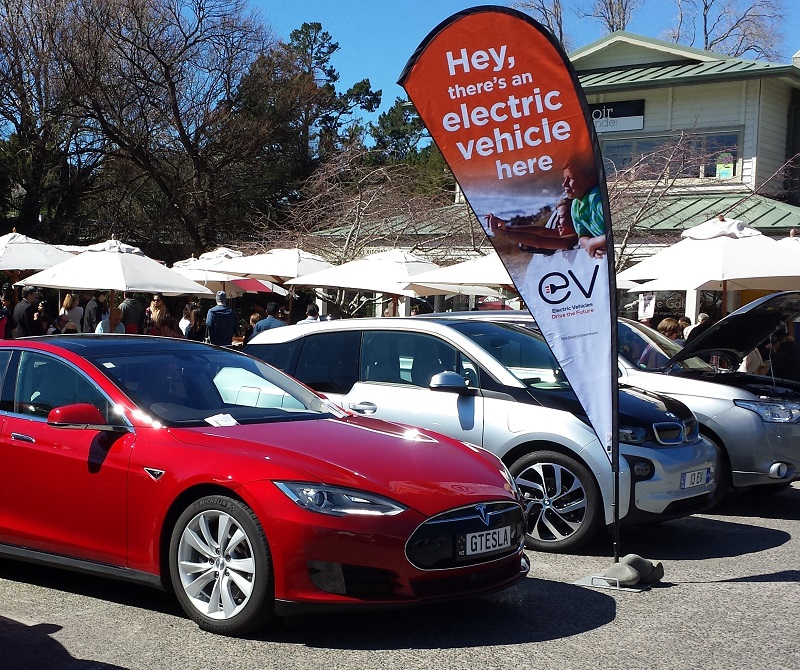 Colonial. It's not just the name of a vulnerable pipeline - it's the mindset of leaders who insist on clinging to fossil fuels rather than investing in clean energy.
Colonial. It's not just the name of a vulnerable pipeline - it's the mindset of leaders who insist on clinging to fossil fuels rather than investing in clean energy.
As warnings of climate change grow increasingly dire, it becomes ever more urgent to consider the best ways to mitigate its impacts in our state. North Carolina is particularly vulnerable, with more than 322 miles of ocean shoreline and over 12,000 miles of estuarine coast.
The state has long suffered from hurricanes, flooding, and erosion, and those menaces are becoming more severe and frequent for coastal communities. The rate of sea level rise in the state sits above the global average, and storms that once were 100-year, 500-year, and 1,000-year events now occur regularly. In 2020, we saw a record-breaking Atlantic hurricane season with 30 named storms, and 2021 looks to follow a similar path.
The climate crisis is largely driven by society's dependence on fossil fuels. U.S. oil and natural gas production has skyrocketed in the past decade, even as our knowledge of climate change demonstrates a growing need to transition to cleaner, renewable energy.
In addition to exacerbating global warming, oil and gas supplies can be erratic because of ever-changing markets and supplies. And that doesn't include cybersecurity threats, a new risk demonstrated recently in the chaotic outcome of a ransomware attack on the Colonial Pipeline.
When fuel supplies are limited, remote regions such as North Carolina's Outer Banks are particularly hurt. The barrier islands - among the hardest hit by climate-driven bad weather - are particularly vulnerable to interruptions in fossil fuel supplies because gasoline delivery is already a challenge. During the pipeline crisis, nearly every gas station on the coastline ran out of fuel. The disruption also derailed tourism, the Outer Banks' major economic driver.
These issues highlight one key point: We must build a more resilient energy system. Pipelines, for example, face many threats - not just cyberattacks. Severe weather, such as hurricanes and flooding, puts pipelines in danger. Even coastal resilience measures such as flood control won't be enough to offset the worsening impacts of climate change.
A more distributed energy network - one that will continue running when the external grid is down - is essential for services like hospitals and fire stations. This kind of setup would make North Carolina more resilient to energy disruptions caused by natural or human-caused disasters. For example, Tideland Electric Membership Cooperative (EMC) has the first system-wide operational microgrid on Ocracoke Island for electric reliability when power goes out due to storms or other natural disasters. In Jacksonville, the Marines' Camp LeJeune has a microgrid in its training area to test its effectiveness for energy resilience.
Pipelines pose many risks, from increasing methane emissions that cause climate change to the ecological damage of building them through streams, wetlands and forests, to safety risks from explosions, to the environmental injustice of their frequent placement through communities of color. The Sierra Club contributed to a critical win when the Atlantic Coast Pipeline project was cancelled last year, but there's more work to be done.
And, of course, they don't always hold up in extreme weather. Look at the recent example of Texas, which suffered dangerous power outages and utility disruptions when record cold froze fracked gas wellheads, dampened gas supply, and caused traditional utility structures to fail.
What's more, if new pipelines are constructed now, we'll have to deal with stranded assets later as traditional fuels are phased out. Utility customers will be saddled with the burden of paying for unnecessary and expensive pipelines.
What might a more resilient energy future look like? Let's again look at the example of North Carolina's Outer Banks. When the gas crisis took hold, electric vehicle (EV) owners - whether residents or vacationers - were better equipped to continue their routines.
There are a number of EV charging stations along the Outer Banks. But more will be needed across North Carolina as EV use increases, especially in rural areas. This will require more state and federal funding for local planning for resiliency and for infrastructure improvements.
Some progress may already be on the way with President Biden’s $2 billion federal infrastructure plan, which would improve roads and bridges - such as those that provide a lifeline to the Outer Banks - while addressing climate change and racial inequality.
The spending would also spark innovations in clean energy technology and improve the electric grid - all of which would be a fitting investment in our infrastructure, climate and future.